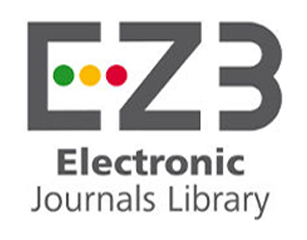ANALYSIS OF THE RISKS OCCURRING DURING CONSTRUCTION
DOI:
https://doi.org/10.32689/2617-2224-2019-17-2-57-65Keywords:
construction, risk, risk management, violation, risk analysis methods, technological process, construction works, construction facility, investment construction projectAbstract
The article focuses on analyzing the risks that occur during implementation of investment construction projects. It analyzes the risk concept core, identifies risk sources, and classifies risks by the time of their occurrence (risks before the construction completion, risks after the construction completion). The article presents the methods used to analyze the risks that occur in the course of implementing investment construction projects: analogy method, statistical analysis method, sensitivity analysis method, examination method, diagram method, and normative method. Main consequences of risk realization are defined as well as ways of their mitigation. The article determines that of the principal importance is the impartial and unbiased analysis of the situation on the investment construction market in the context of the general state in a corresponding region and entire country. It is discovered that it is necessary to timely identify the risks happening during the project implementation. The risks’ influence on the economic and operational components of construction is defined. The article reviews the basic mechanisms of risk management in cyclic stages lasting from the project commencement to its completion: identification and definition of a risk; development of measures to mitigate the revealed risks; implementation of the developed plan in the project; analyzing introduction of the project implementation supervision. Using the presented risk identification methods will encourage enhancing the effective realization of investment construction projects and decrease of actual expenses for project implementation, which are envisaged in the quantity surveying documents by revealing probable risks, their identification, and further fair allocation of the identified risks among the stakeholders of investment construction projects.
More detailed researches prioritize issues of developing a risk management methodology for implementation of investment construction projects and adoption of a matrix approach to risk allocation among the project realization stakeholders.
References
Системи управління якістю. Основ- ні положення і словник: ДСТУ ISO 9000:2015 (ISO 9000:2015, IDT). — [Чинний від 2016-07-01]. — К.: ДП “УкрНДНЦ”, 2016. – IV, 45 c.
Непомнящий О. М. Методологія до- слідження державного регулювання в контексті управління ризиками у будівництві / О. М. Непомнящий, О. В. Медведчук // Менеджер. Вісн. Донецького держ. ун-ту управлін- ня. — 2018. — № 1 (78). — С. 15–19.
Вітлінський В. В. Аналіз, моделю- вання та управління економічним ризиком: навч.-метод. посіб. для са- мост. вивч. дисц. / В. В. Вітлінський, П. І. Верченко. — К.: КНЕУ, 2000. — 292 с.
Яхнеева І. В. Управління ризиками в логістичних системах і ланцюгах поставок. — Самара: Вид-во СГЕУ, 2012. — 126 с.
Коновалов Ю. О., Миронов О. В. Система управління ризика- ми: поняття, функції, компонен- ти // Інноваційна Економіка. — № 9 [47]. — 2013. — С. 127– 132.
Реверчук С. К., Реверчук Н. Й., Ма- лик Я. Й., Гелей М. Д. Економіч- на безпека України: внутрішні і зовнішні чинники : навч. посіб. — Л. : Вид. центр ЛНУ ім. І. Франка, 2002. — 256 с.











